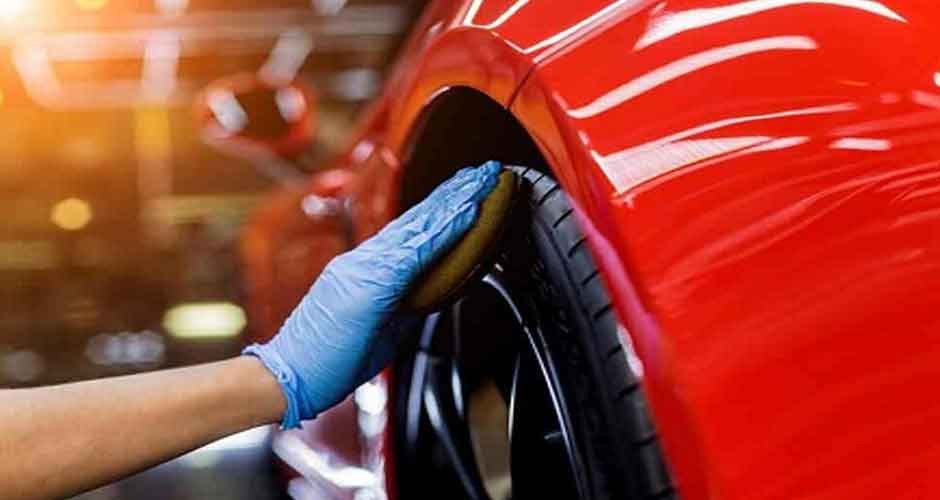Any material that is capable of polishing, shaping, or roughening another material is known as an abrasive. Abrasives are widely used in the automotive detailing industry, and they use friction to achieve the desired result. They may be synthetic or natural, and they vary in degrees of hardness. Some are manufactured from small-sized minerals that can be ground into tiny particles and used. Currently, the hardest known abrasive material is diamond, but because it is so expensive, it is not used in the automotive detailing industry, and synthetic abrasives cannot compare to them in terms of hardness.
Types of Abrasives
There are two primary types of abrasives. Bonded abrasives are composed of a matrix that acts as a binder in the form of rubber, resin, glass, or clay. The most commonly utilized minerals for bonded abrasives include tungsten carbide, silicon carbide, aluminum oxide, and garnet. Once bonded abrasives are used, they must be cleaned of any material waste and restored to their normal shape.
Coated abrasives are typically attached to a backup material which is usually flexible and capable of attaching to a wide variety of metals, paper, cloth, polyesters, rubber, and resin. The most widely used coated abrasive is sandpaper, which is heavily employed in the automotive detailing industry. These abrasives can also be shaped into various power tools and machines, such as rotary sanders, hand sanders, and belt grinders.
Abrasives in the Automotive Industry
As mentioned above, abrasives are frequently used by automotive detailers. Automotive abrasives come in a wide variety of shapes and chemical compositions, and before choosing one, you should be sure it is the best choice for your intended application. Abrasives are capable of grinding, sharpening, cutting, drilling, buffing, sanding, and polishing. When a car is first constructed, the welding used to assemble the parts often leaves metal junctions rough and burring. Abrasive materials are later used to remove this metal burr. Abrasive pads are also used to apply coats of paint and sealants evenly.
What to Consider Before Choosing an Abrasive
Abrasives vary in size, shape, grains, and forms, and they are all used in a variety of unique processes. They often exist in the form of files, discs, wheels, and cutters, so selecting the one most suitable for your automotive detailing needs is essential. For example, if you are in need of an abrasive for a flat surface, you may want to use one shaped like a conical disc to achieve greater precision. Factors that can impact abrasion processing include:
- Grain size (larger grains cut deeper and faster)
- Adhesion between backing and grains and between matrix and grains. This determines how quickly grains are lost and when new ones will be exposed.
- Contact force (using a greater amount of force results in faster abrasion)
- The coolant/lubricant/metalworking fluid you use
- Heat
- Difference in hardness between two substances or surfaces
Find the Right Abrasive For Your Needs
If you are in need of abrasives for resurfacing or any other purpose, shop online or find your local shop that carries automotive parts and tools.



